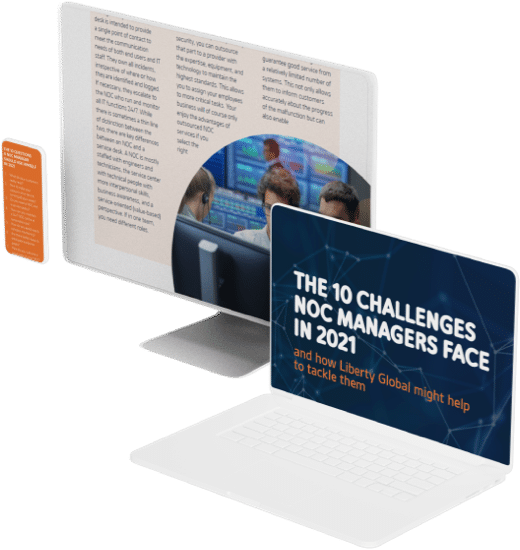How Liberty Global can help to tackle these challenges?
Liberty Global is a Tier-1 player with direct connections with all major Autonomous System Numbers (ASNs) ensuring the fastest and shortest routes for your traffic with an availability rate of 99.95%.
Liberty Global’s current IP Transit services support 20 million broadband connections in Europe and safely carry huge amounts of traffic for each of our users every day.






